Can Kakarikis Live with Other Birds? If you’re a bird lover considering getting a kakariki, you may wonder if they can live with other birds. The answer is yes! Kakarikis are social birds and can get along well with other species if appropriately introduced. However, it’s essential to remember that not all birds will be compatible with kakarikis.
When introducing a new bird to your kakariki, it’s essential to do so slowly and carefully. Birds are territorial creatures, and introducing a new bird too quickly can lead to aggression and fighting. It’s best to keep the new bird in a separate cage in the same room as your kakariki for a few weeks before attempting to introduce them. During this time, the birds can get used to each other’s presence and become familiar with each other’s sounds and smells.
Can Kakarikis Live with Other Birds? Understanding Kakarikis
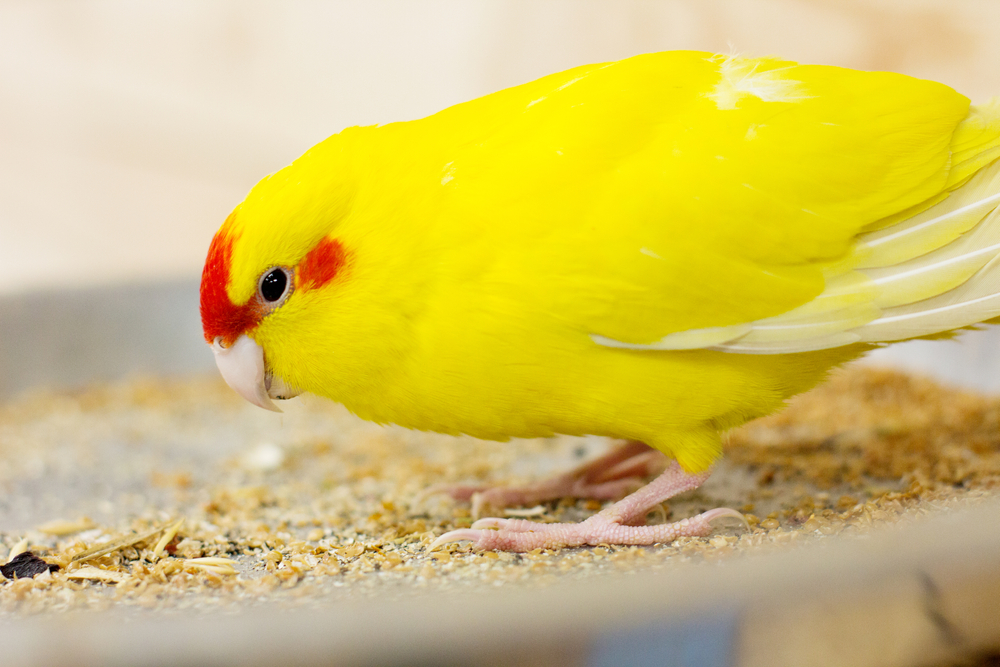
Origin and Species
Kakarikis are small parrots that are native to New Zealand. There are two main species of kakarikis: the red-fronted bird (cyanoramphus novaezelandiae) and the yellow-fronted bird (cyanoramphus auriceps). These birds are known for their bright colors and playful personalities. They love to climb and fly, and they are very active birds.
Characteristics
Kakarikis are small birds, typically around 10 inches in length. The red-fronted bird has a red forehead, while the yellow-fronted bird has a yellow forehead. Both species have green feathers on their back and wings.
Kakarikis are known for their playful and energetic personalities. They love to play with toys and climb on perches. They are also very social birds and enjoy the company of other birds. They are not typically aggressive towards other birds and can live peacefully with other species.
Kakariki as Pets
Kakarikis can make great pets for those willing to provide them with the proper care and attention. These birds require a lot of space to fly and climb, so a large cage is necessary. They also need a diet high in protein and fat to maintain their energy levels.
It is important to note that kakarikis are very active birds and require a lot of attention and interaction from their owners. They can become bored and unhappy if left alone for long periods. If you are considering getting a kakariki as a pet, ensure you have the time and resources to provide them with the care they need.
What do Kakarikis Eat
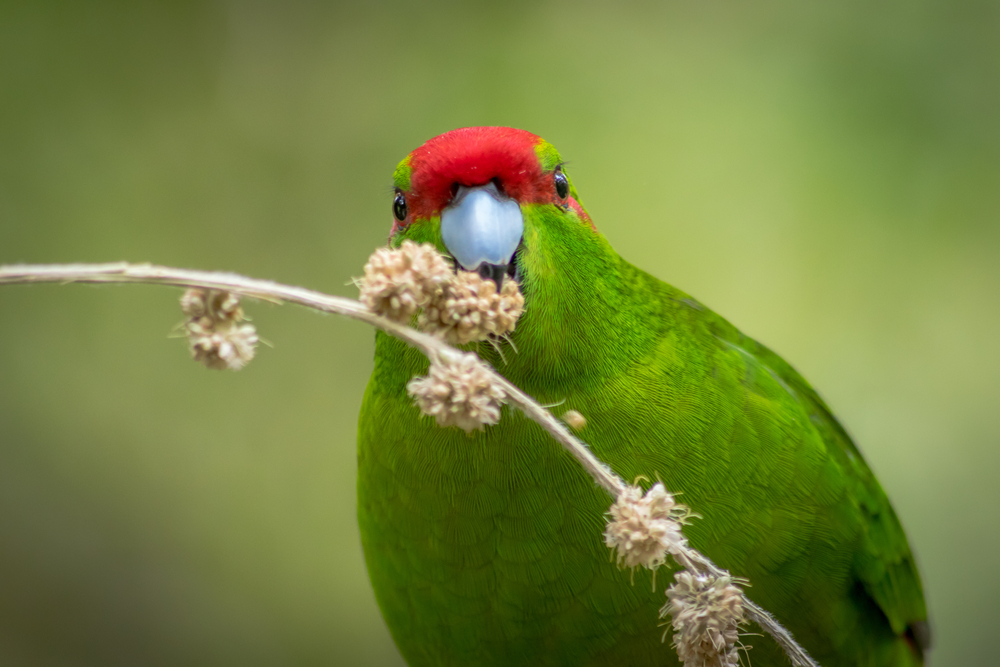
Kakarikis are omnivores and require a varied diet to stay healthy. In the wild, they eat a diet of seeds, fruits, and insects. In captivity, they can be fed a diet of fresh fruits and vegetables and occasional treats like nuts and seeds. Providing them with a balanced diet that meets their nutritional needs is essential.
In conclusion, kakarikis are playful and social birds that can make great pets for those willing to give them the care and attention they need. They require a lot of space to fly and climb, a balanced diet, and plenty of interaction with their owners. If you are considering getting a kakariki as a pet, be sure you are prepared to provide them with the care they need to thrive.
Can You Put 2 Male Kakarikis Together?
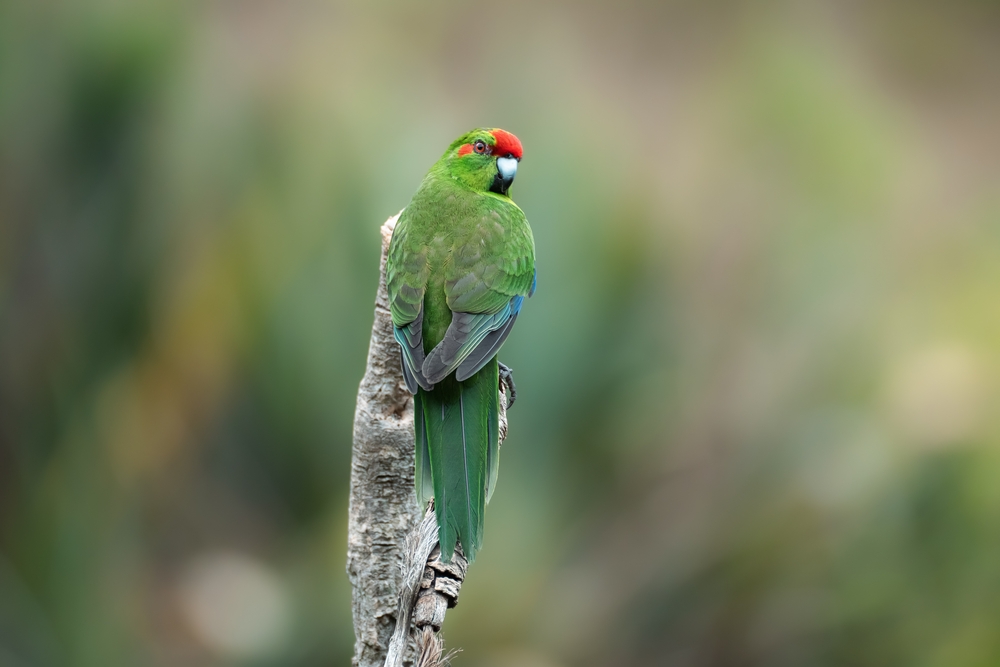
Kakarikis are social birds that enjoy the company of their kind, but can two male kakarikis live together in the same cage? The answer is no. Male kakarikis are territorial and can become aggressive toward each other, especially during the breeding season. It is not recommended to house two males together in the same cage.
Instead, it is best to house kakarikis of the same sex together. If you want to keep multiple kakarikis, consider keeping a male and a female or two females together. This will reduce the chances of aggression and territorial behavior.
When introducing new kakarikis to each other, it is essential to do so slowly and carefully. Allow them to get used to each other’s presence by placing their cages next for a few days before allowing them to interact. Always supervise their interactions to ensure that they are getting along.
In general, kakarikis are friendly and sociable birds that get along well with other species of birds. However, choosing a compatible bird with a similar temperament and size is essential. Always introduce new birds slowly and carefully to prevent any aggressive behavior.
In summary, it is not recommended to house two male kakarikis in the same cage. Instead, consider keeping kakarikis of the same sex or introducing a compatible bird of a different species. Always introduce new birds slowly and carefully to prevent any aggressive behavior.
Can Kakarikis Live with Cockatiels?

If you’re considering getting a kakariki and a cockatiel, you might wonder if these species can live together. The good news is that kakarikis and cockatiels can coexist peacefully in the same aviary or cage. However, there are some things you should keep in mind before introducing them to each other.
Firstly, it’s important to remember that every bird has its unique personality, and not all kakarikis and cockatiels will get along. Before introducing them to each other, you should observe their behavior and body language to see if they show any signs of aggression or stress. It’s best to keep them separated if they seem uncomfortable or aggressive.
Another thing to consider is the size of the cage. Kakarikis are active birds and require a lot of space to fly around and play. Cockatiels, on the other hand, are smaller and don’t need as much space. If you plan to keep them in the same cage, ensure it’s large enough to comfortably accommodate both birds.
Providing each bird with food and water dishes is also important to prevent territorial disputes. Additionally, ensure the cage has plenty of perches and toys to keep birds entertained and stimulated.
In conclusion, while kakarikis and cockatiels can live together, observing their behavior and providing enough space and resources to live comfortably is essential. By taking these precautions, you can ensure that your feathered friends coexist peacefully and happily.
Can Conures and Kakarikis Live Together?
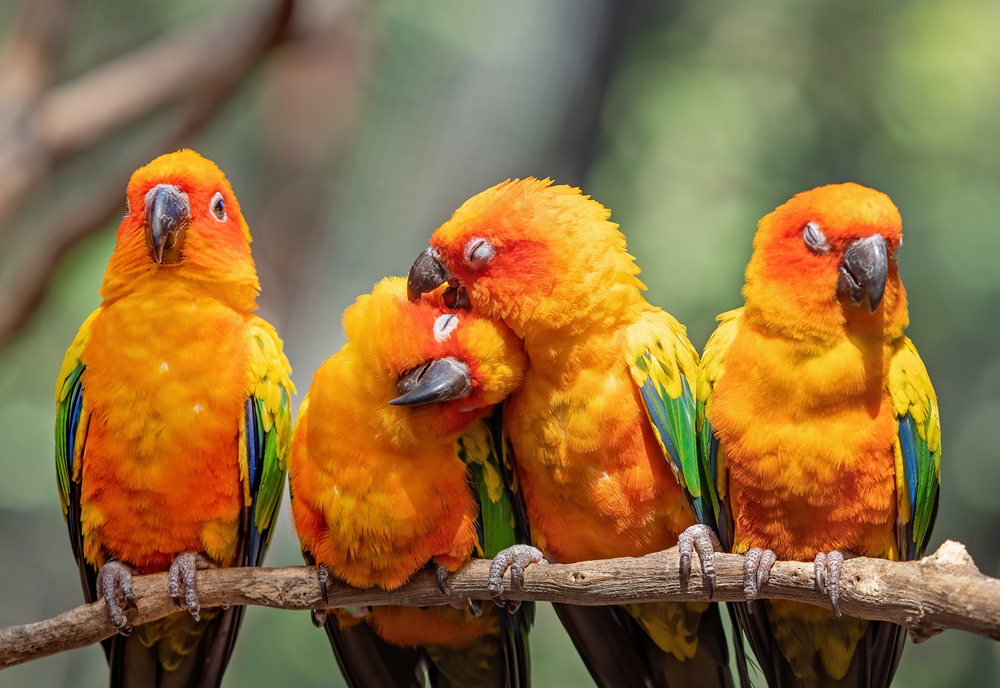
Conures and Kakarikis are both social birds that enjoy the company of other birds. However, before introducing them to each other, it is essential to consider their temperaments, personalities, and size differences.
Conures are known for their playful and energetic nature, while Kakarikis are intelligent and curious birds. Both species require ample space to fly and play, and providing them with a spacious cage or aviary is crucial.
Regarding compatibility, Conures and Kakarikis can live together peacefully if introduced correctly. It is best to introduce them gradually and monitor their behavior closely. Some Conures may be more aggressive than others, and some Kakarikis may be more timid.
It is important to note that Conures are generally larger than Kakarikis, and this size difference can lead to dominance issues. Therefore, it is recommended to introduce birds of similar size to avoid any potential conflicts.
Another factor to consider is the gender of the birds. Same-sex pairs are generally more compatible than opposite-sex pairs. However, opposite-sex pairs are necessary if you plan to breed the birds.
In conclusion, Conures and Kakarikis can live together if introduced correctly and monitored closely. Birds of similar size and gender are generally more compatible. Providing ample space and resources is crucial to ensure their well-being and happiness.
Can Kakariki and Budgies Live Together?
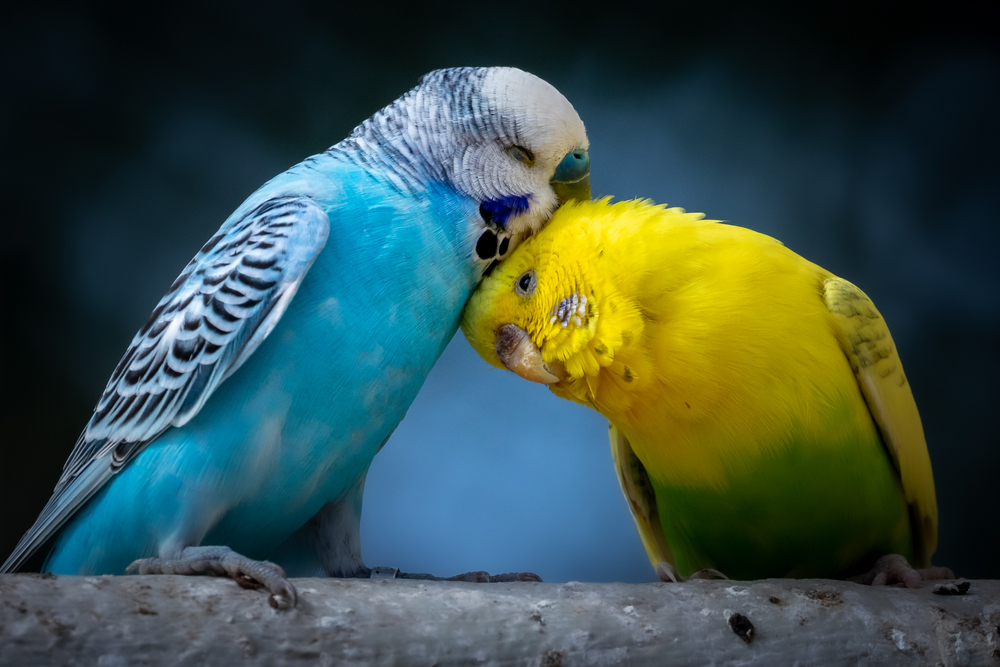
If you consider adding a budgie to your household with a kakariki, it is important to understand the potential risks and benefits of keeping these two species together. While some owners have successfully kept kakarikis and budgies together, others have reported aggression and territorial behavior between the two species.
One of the main concerns with keeping kakarikis and budgies together is the size difference between the two birds. Kakarikis are larger and more potent than budgies, which can lead to injury or death if the birds become aggressive toward each other. Therefore, it is essential to supervise the birds closely during an out-of-cage time and ensure they have separate cages to retreat to if necessary.
Another factor to consider is the personality of your birds. Some kakarikis may be more aggressive or territorial than others; the same goes for budgies. Keeping your birds together may be unsafe if they are particularly aggressive or territorial. It is also vital to ensure both birds have enough space in their cages and feel relaxed and comfortable.
If you keep kakarikis and budgies together, you can promote harmony between the two species. First, ensure both birds have access to plenty of food and water, as competition for resources can lead to aggression. You can also provide separate feeding stations to prevent any disputes over food.
In conclusion, while kakarikis and budgies can live together, it is important to consider the risks and benefits before deciding. If you keep these two species together, closely monitor their interactions and provide adequate space and resources for both birds.
Budgies’ potential aggression toward different species
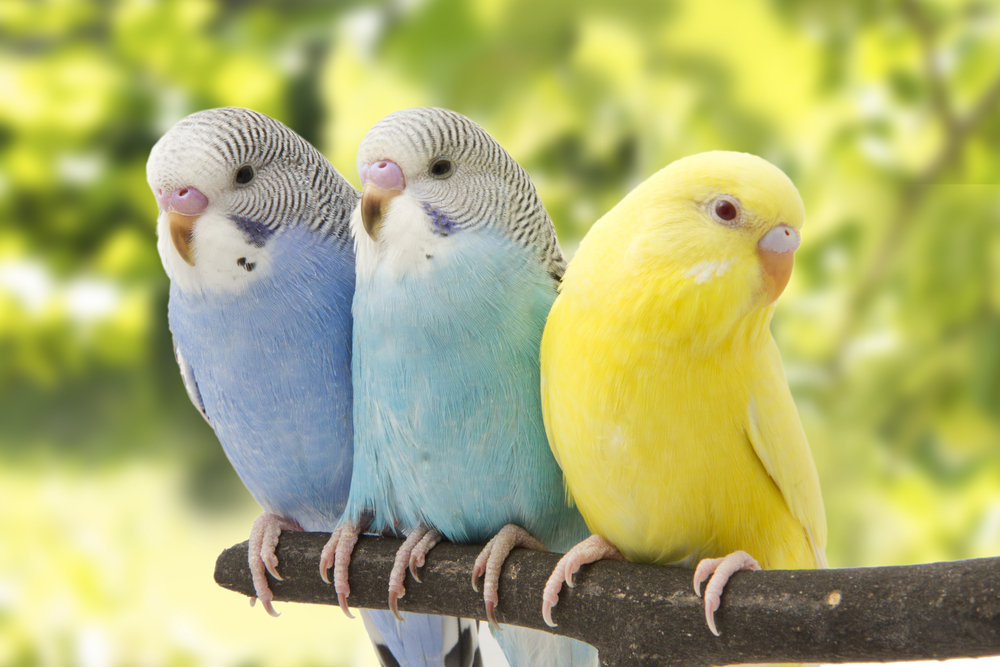
Budgies are known to be social birds that thrive in the company of their kind. However, introducing them to other bird species can be a challenge. Understanding the potential aggression that budgies may exhibit towards different species is essential.
Budgie’s harmonious interactions with their own kind
Budgies are known for their harmonious interactions with their kind. They are social birds and enjoy the company of other budgies. They love to play, groom, and sleep together. They are more active, healthy, and happy when kept in pairs or groups.
Challenges of combining a bonded pair of budgies with other species
Budgies form strong bonds with their mates, and it can be challenging to introduce them to other bird species. They may become territorial and aggressive towards the new bird, especially if they perceive it as threatening their mate or territory. It is essential to introduce them gradually to avoid stress and aggression.
Defensiveness during breeding season towards solitary birds, even without a nest
Budgies can become defensive during the breeding season, even if they do not have a nest. They may become aggressive towards other birds, especially solitary birds, which they perceive as threatening their breeding territory. Providing them with a separate breeding area is essential to avoid stress and aggression.
In conclusion, while budgies are social birds that enjoy the company of their kind, introducing them to other bird species can be a challenge. Understanding their potential aggression towards different species and introducing them gradually to avoid stress and aggression is essential. Providing them a separate breeding area can also help avoid defensiveness during the breeding season.
Conclusion
In conclusion, kakarikis can live with other birds, depending on the species and their personalities. Introducing them slowly and monitoring their interactions ensures they get along. Some birds, such as budgies and cockatiels, are known to get along well with kakarikis, while others may be less compatible.
When introducing a new bird to your kakariki, it is recommended to keep them in separate cages for a few weeks to allow them to get used to each other’s presence. Once they seem comfortable, you can start supervised playtime to see how they interact. It may not be a good fit if they show aggression or discomfort.
Providing enough space and resources for all birds in the same living area is also essential. This includes food and water dishes, perches, and toys. If there is not enough space or resources, it can lead to competition and aggression between birds.
Overall, with proper introduction and monitoring, kakarikis can live with other birds and provide each other with companionship and entertainment.
For More info : https://www.audubon.org/
Can kakarikis live with other bird species?
Yes, kakarikis can cohabitate with other bird species, but it depends on several factors, such as the personality of the birds, the species of the other birds, and the size of the living space.
What type of birds should kakarikis ideally live with?
Kakarikis generally do well with other similar-sized, sociable bird species. They can be quite boisterous and active, so they might not get along with more reserved or quiet bird species.
Can kakarikis live with larger parrot species?
Care should be taken when housing kakarikis with larger parrot species, as these birds can sometimes be aggressive towards smaller birds. Always observe their interactions closely and be ready to separate them if any signs of aggression occur.
How should I introduce a kakariki to other birds?
Introductions should be done gradually and under careful supervision. Initially, the birds can be kept in separate cages within sight of each other. Supervised, direct interactions can be attempted if they seem to tolerate each other well.
Can kakarikis live in a small cage with other birds?
Like all birds, Kakarikis need plenty of space to fly, explore, and retreat if needed. Overcrowding can cause stress and lead to aggression. If kakarikis are kept with other birds, the living space should be large enough for all birds to comfortably coexist.
Should I consult a professional before introducing a kakariki to other birds?
It is always recommended to consult with an avian vet or bird specialist when considering adding a new bird to your flock. They can provide personalized advice based on your situation.